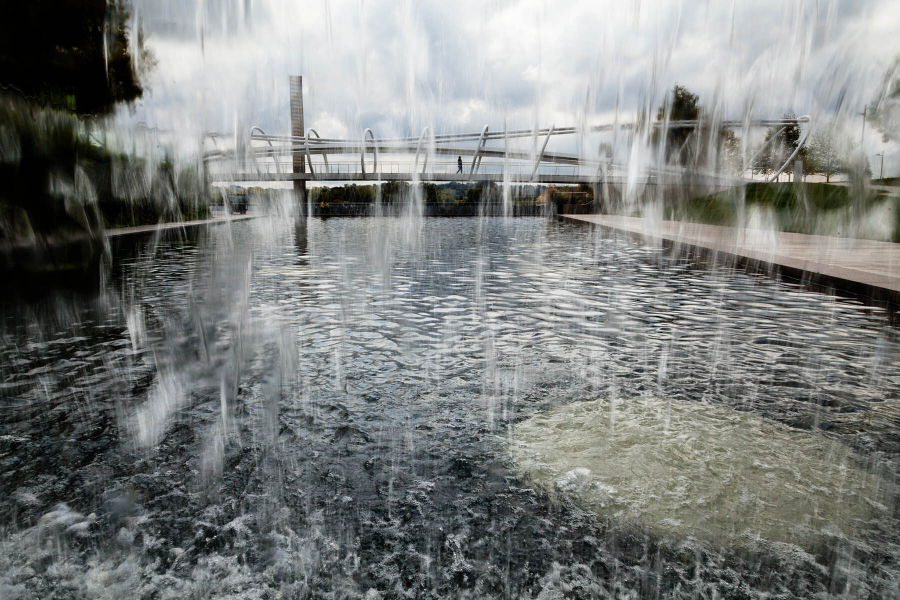New guide aims to help local agencies increase green infrastructure in parks
Green infrastructure guide encourages partnership between parks and stormwater agencies

The U.S. Environmental Protection Agency (EPA) recently released a new guide to help cities and towns increase green infrastructure in their local parks.
Controlling stormwater runoff can be a challenge in urban areas, where a high level of hard surfaces like roads, sidewalks and buildings prevent water from soaking into the soil. Instead, water is funneled into storm drains, usually after picking up pollutants such as motor oil and fertilizers. Fast-moving runoff that is exiting storm drains into local waterways can also erode stream banks.
Green infrastructure—such as rain gardens, green roofs and pervious pavement—uses soil and vegetation to help slow the flow of runoff and manage rainwater where it falls. By capturing stormwater onsite and allowing it to slowly infiltrate back into the soil, green infrastructure can help prevent erosion and keep pollution from entering storm drains. When used in parks, green infrastructure can add recreational, educational, aesthetic and economic benefits as well. Amenities such as pervious biking trails create more reasons for residents to use parks; features such as native rain gardens and trees not only help control stormwater, but are also attractive; and improved drainage and the use of native plants reduce maintenance costs.
The step-by-step guide provides tips for identifying, funding and partnering on green infrastructure projects, including:
- identifying and engaging partners,
- building relationships,
- leveraging funds,
- identifying green infrastructure opportunities,
- planning for maintenance, and
- creating pilot projects.
A number of case studies and photos are also included, illustrating how nongovernmental organizations and federal, state and local governments partnered to incorporate green infrastructure into parks across the country.
The guide, “Green Infrastructure in Parks: A Guide to Collaboration, Funding, and Community Engagement,” is available online.

Comments
There are no comments.
Thank you!
Your comment has been received. Before it can be published, the comment will be reviewed by our team to ensure it adheres with our rules of engagement.
Back to recent stories